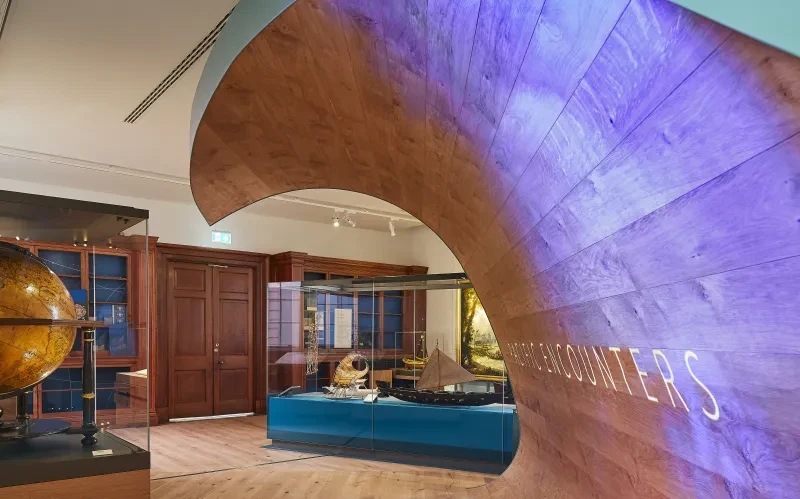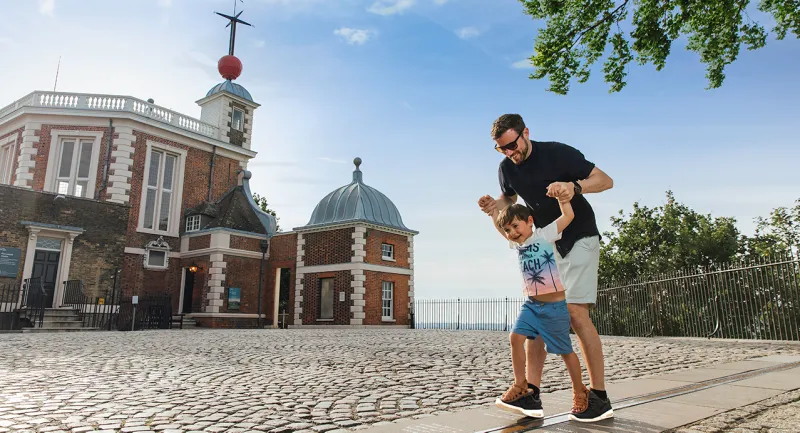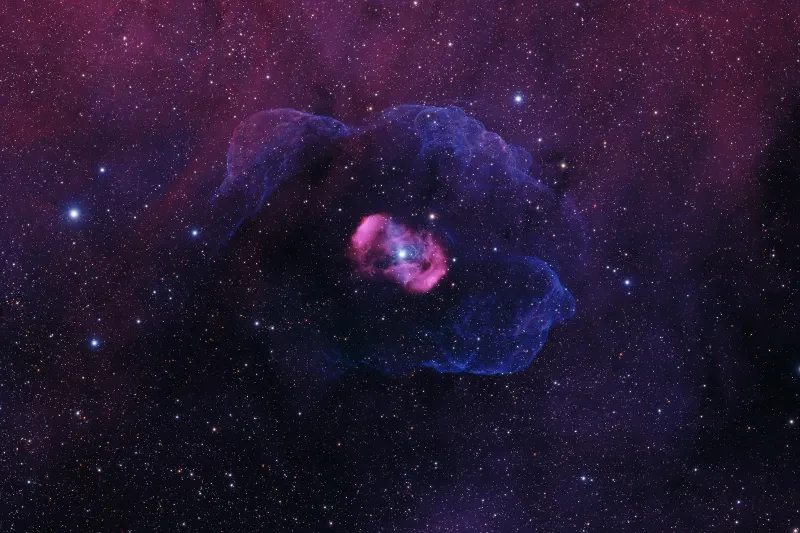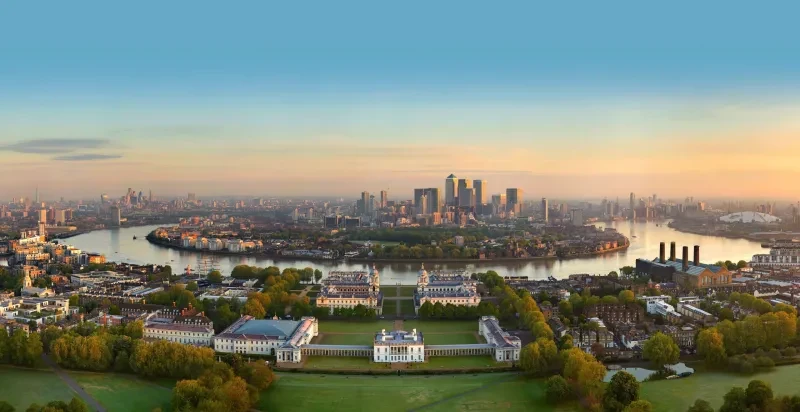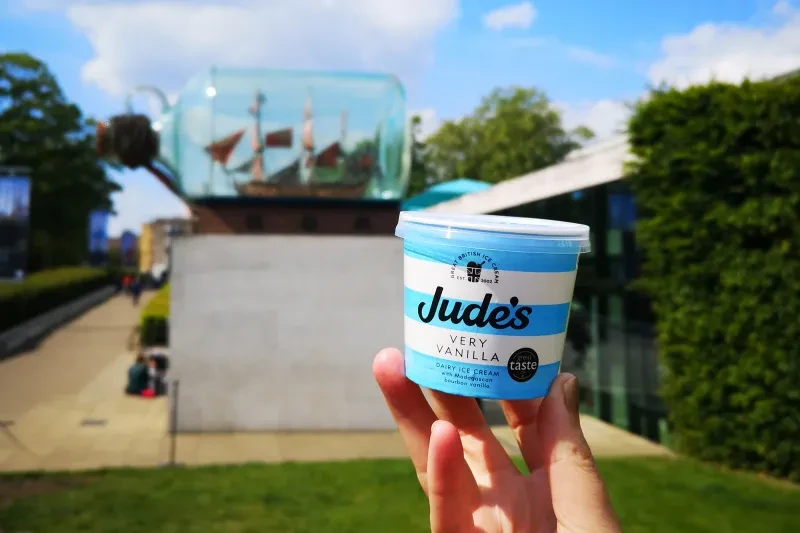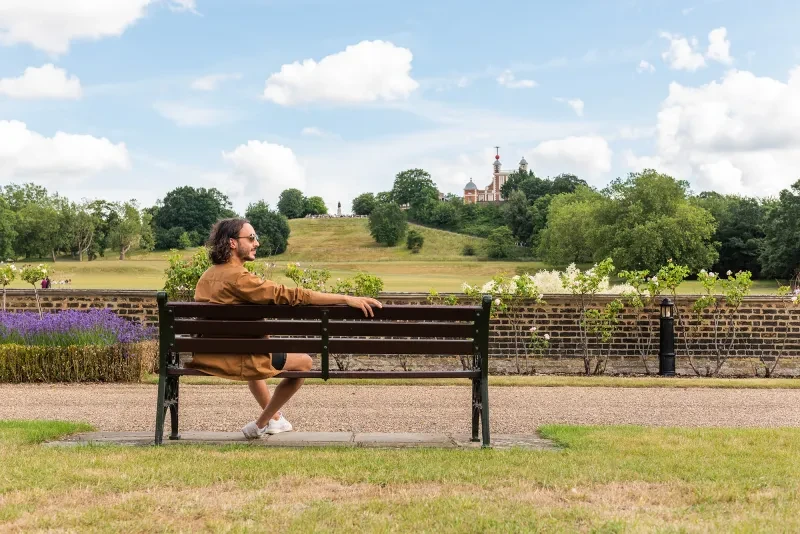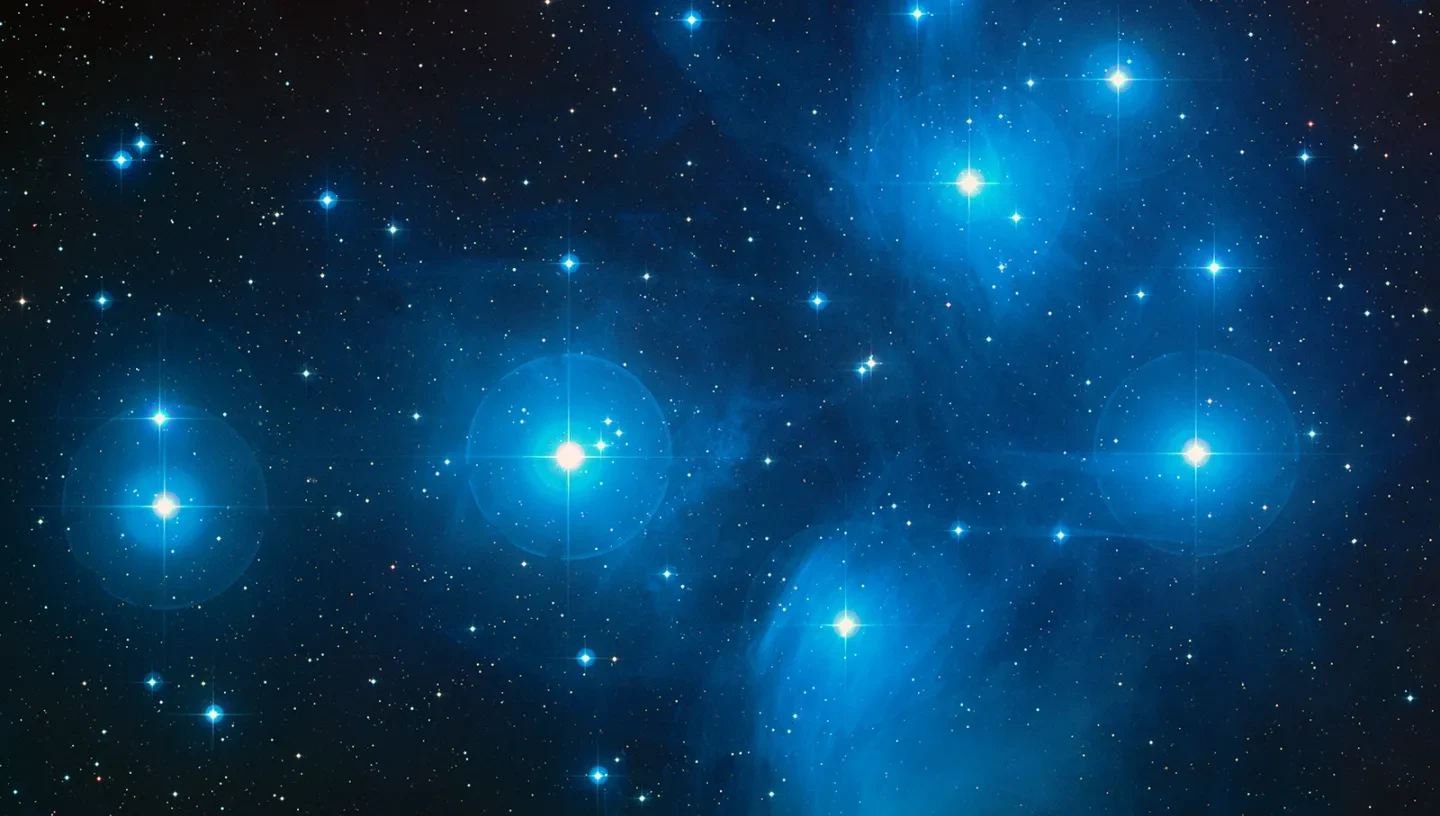
Essential Information
| Type | Events and festivals |
|---|---|
| Location | |
| Date and Times | Friday 20 June 2025 | 2.30pm-8.30pm |
| Prices | Planetarium event ticketed (sold out) | All other events free |
| 10% discount for Members. Not a member? Join now |
Celebrate Māori New Year and explore the connections between the stars and Pacific Island cultures with Royal Museums Greenwich.
Matariki is a bright star cluster visible for most of the year in Aotearoa (New Zealand). Its first appearance in the night sky in late June or early July marks the beginning of the new year in Māori culture.
This year the Royal Observatory Greenwich and National Maritime Museum are partnering with communities from across the vast Pacific Ocean based both in the UK and the Pacific to mark this important cultural moment, and highlight the links between the stars, the seasons and Tangata Moana (people of the Pacific Ocean).
The event is co-hosted with the Tangata Moana Advisory Board, a group that was established with the National Maritime Museum after their collaboration with the Pacific Encounters gallery that opened in 2018. The Board celebrates indigenous cultures and perspectives, and ensures that culturally significant taonga (treasures) in the Museum are understood and respected.
Join us in Greenwich for an afternoon of family activities, shows and storytelling workshops; check out what's on below.
Afternoon activities are hosted by the National Maritime Museum, while the evening events take place at the Royal Observatory. Visitors are welcome to join throughout the day and take part in as many activities as they like. The Planetarium show is ticketed and must be booked in advance; all other events are free.
Event schedule: Afternoon at the National Maritime Museum
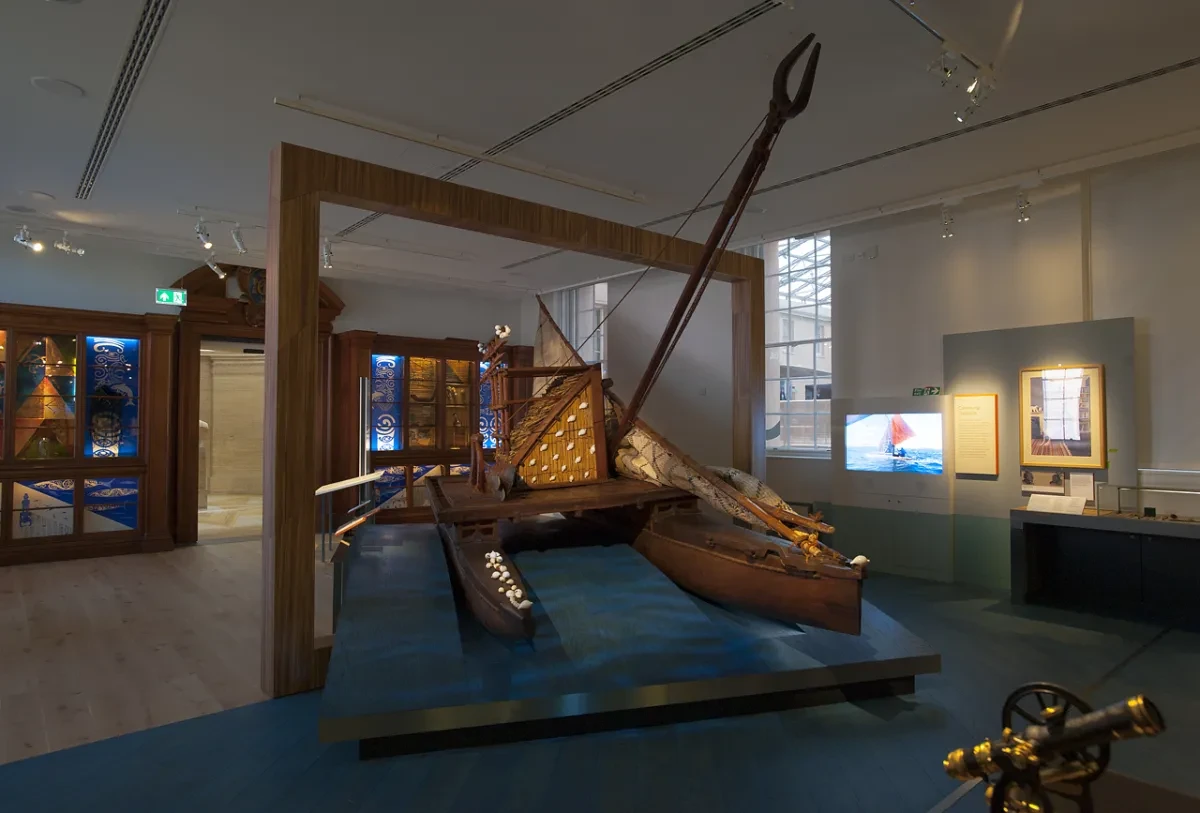
Nine Stars of Matariki with Mangaian carver Robbie Atatoa
2.30pm-3pm | Ocean Map
Come to our brand new Ocean Map to learn about the nine stars of Matariki.
Storytelling workshops
3pm-4.30pm | Pacific Encounters Gallery | Free, open to all, drop-in
Members and friends of the Tangata Moana Advisory Board will lead storytelling sessions about the cultural significance of Matariki, and its historic and contemporary importance.
You’ll hear perspectives and stories from the Cook Islands, Kiribati, Samoa and Aotearoa. These sessions are aimed at both adults and families and are drop-in.
Evening at the Royal Observatory (sold out)
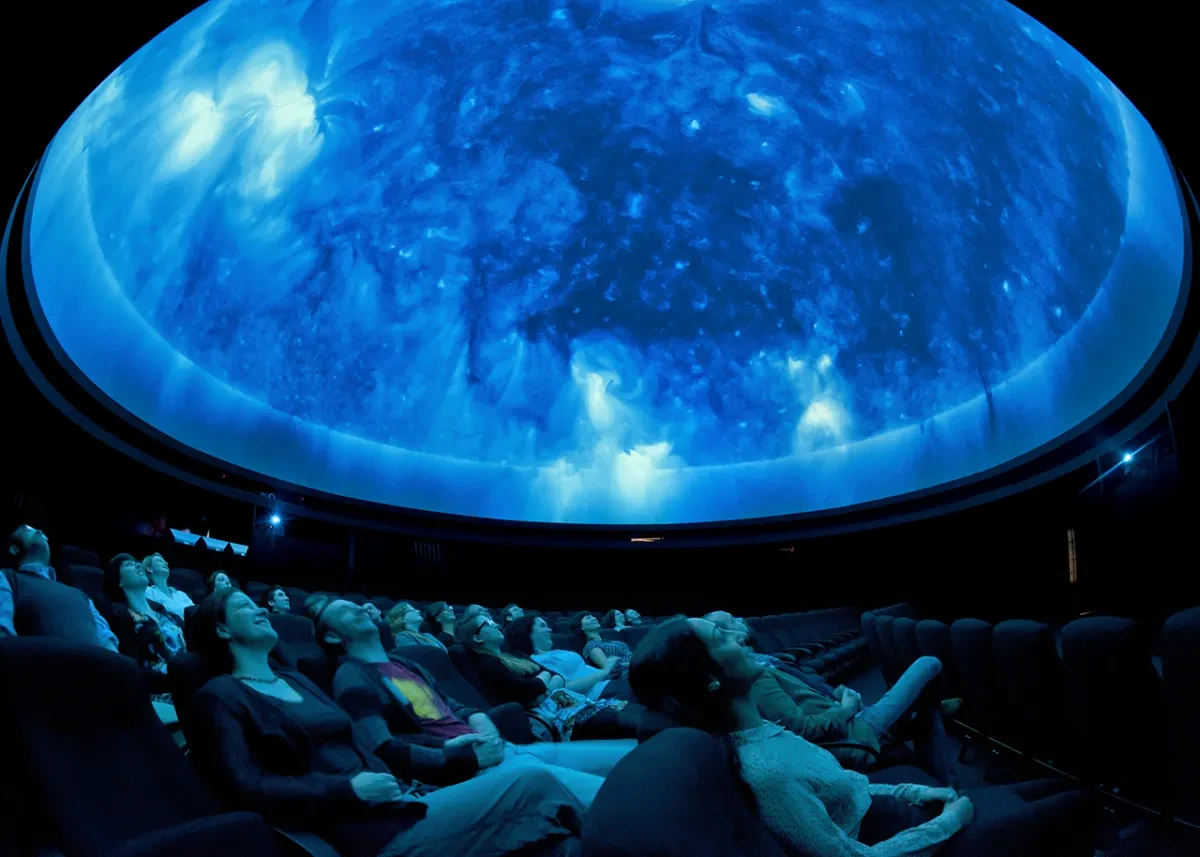
Please note that this part of the event is ticketed and is now sold out.
Prices: Adults £7, Children £4. 10% discount for Members. Recommended for ages 7+.
Introduction to Matariki by Tangata Moana
6.45pm-7.15pm | Peter Harrison Planetarium
Be welcomed into the Planetarium by Jamie Tahana with a karakia, followed by an introduction to Matariki and the connection to the stars.
Nine Stars of Matariki with Mangaian carver Robbie Atatoa
7.15-7.30pm | Peter Harrison Planetarium
Learn everything you need to know about the nine stars of Matariki with Robbie Atatoa.
Final song
7.30pm-8.30pm | Meridian Courtyard
Join us in the Meridian Courtyard of the Royal Observatory for a final song to close out the evening.
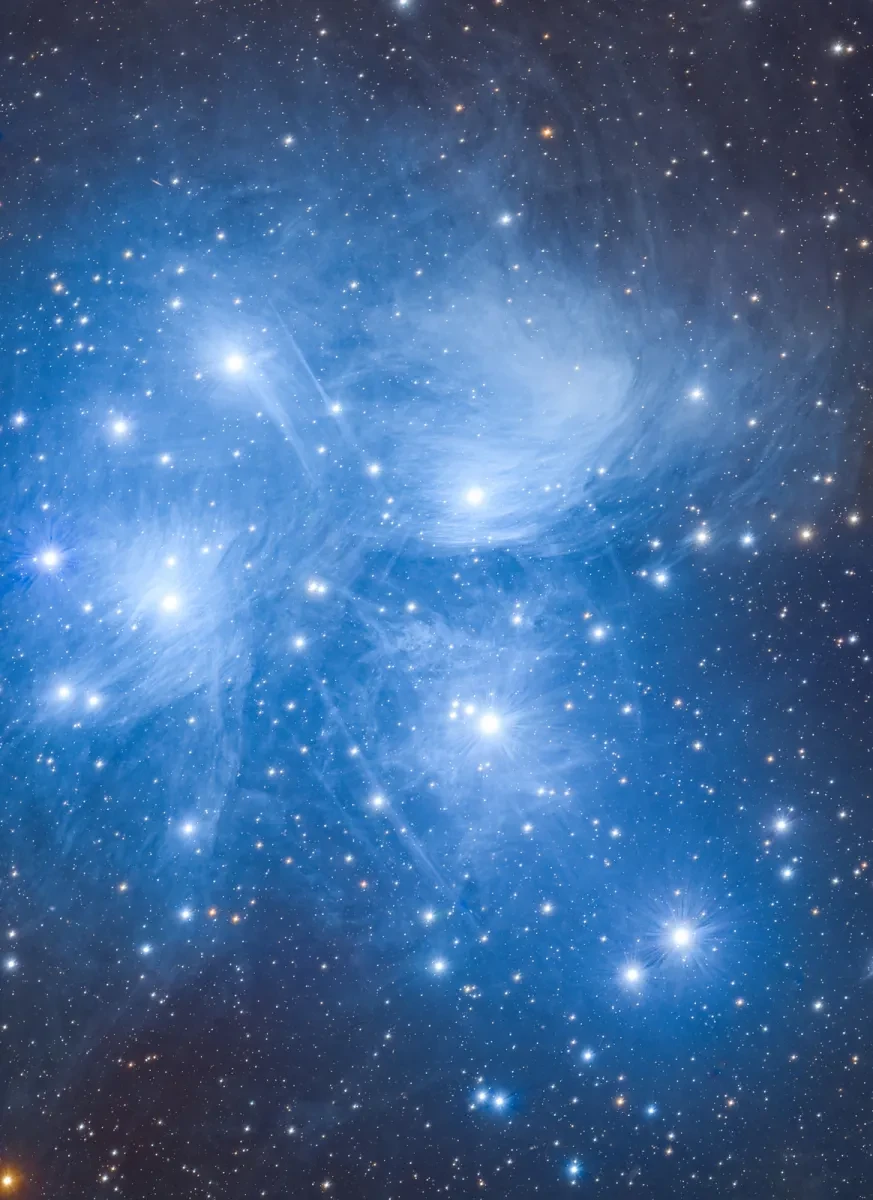
What is Matariki?
Members of the Tangata Moana Advisory Board explain the meaning and significance of Matariki for different island groups:
"The word matariki or similar, referring to the Pleiades star cluster, is found in many Polynesian languages.
"In the Marquesas Islands the star cluster is known as Matai'i or Mata'iki, in the Cook Islands, as Matariki, and in the Tuamotu archipelago as Mata-ariki. In some languages, it has the meaning of 'little eyes', but in most it is a contraction of mata-ariki, meaning 'eyes of the god' or 'eyes of the chief'.
"For each island or group of islands, Matariki carries its own meaning and holds its own significance. In Hawai'i, the rising of Makali'i in November ushers in the four-month season Makahiki, which honours Lono, the god of agriculture and fertility.
"In Tahiti, the year was divided into two seasons, named according to whether the Pleiades are visible after sunset: Matari'i i nia (Matari'i above) and Matari'i i raro (Matari'i below).
"On Rapa Nui, Matariki heralded the New Year, and its disappearance in mid-April ended the fishing season.
"During the events in Greenwich our Pasifika diaspora UK will be telling the story of Matariki from their own island or group of islands, and what it means to us."
Main image courtesy of NASA, ESA and AURACaltech

